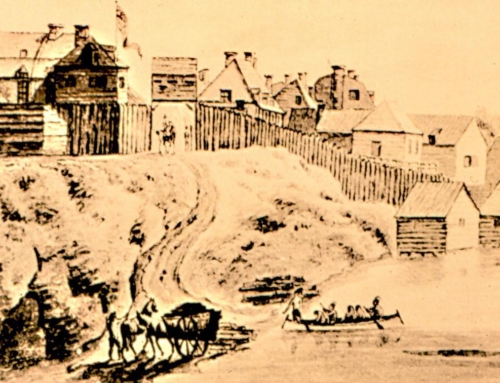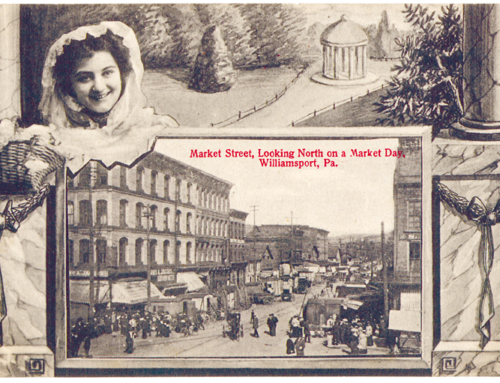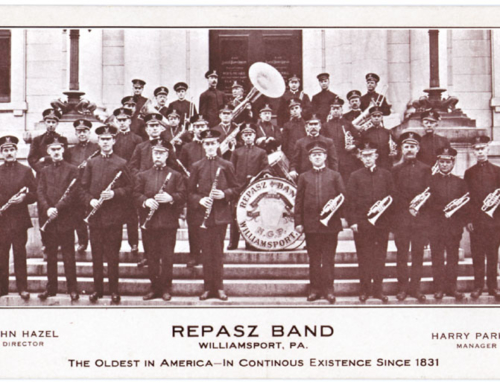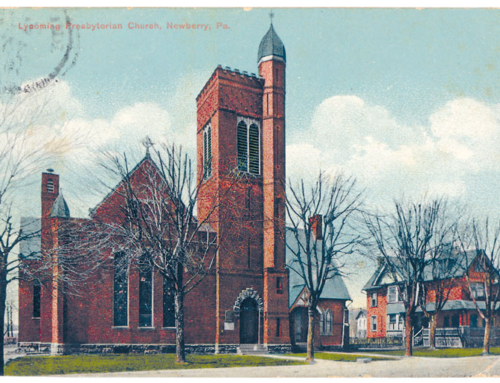The arrival of the railroads in Lycoming County came fairly early but it was somewhat tentative.

According to an article in the April 1986 edition of “Now and Then,” the journal of the Muncy Historical Society, Matthew Ralston was named president of the railroad. He obtained the financing for it, as well as supervised its construction. The railroad would later pass through land that Ralston acquired in the area of the town that would bear his name.
Robert Faries, who had been chief engineer of the West Branch Canal, was hired to locate the rails of the line and assist in the administration of the railroad.
The railroad was used to transport coal from the northern portion of Lycoming County and later lumber to various markets. The first locomotive for the railroad was delivered to Williamsport using the mode of transportation that it would supercede — a flat-bottomed canal boat.
On January 12, 1839 the Williamsport and Elmira Railroad made its first 25-mile run from Williamsport to Ralston in 68 minutes. The railroad would eventually make a complete run from Williamsport to Elmira.
The W&E Railroad holds the dubious distinction of being the first railroad in the state to go bankrupt in1849. It reconstituted itself but by 1863 it was in financial peril again and was acquired as part of the Northern Central Railroad, which later became a part of the Pennsylvania Railroad’s system.
Another railroad in Lycoming County that served the eastern part of the county was the Williamsport and North Branch Railroad. According to a September 16, 2001 article in the Sun-Gazette, the railroad was founded in 1864 and its first president and the man who served as the catalyst for the creation of the railroad was Michael Meylert, a resident of Laporte in Sullivan County.
The railroad’s purpose was the shipping of passengers and freight back and forth between Hughesville, Halls, Picture Rocks and north into Sullivan County. The freight the railroad hauled, like the W&E, involved lumber and bituminous coal.
In the mid-1870s there were two daily round trips between Hughesville and Halls. By 1884, there three daily passenger runs from Hughesville to Picture Rocks. Daily passenger service later expanded to such Sullivan County towns and hamlets such as Nordmont, Sonestown and Satterfield.
The first years of the 20th century were the high-water mark for the Williamsport and North Branch Railroad’s freight hauling business.
Several factors precipitated the decline and the eventual demise of the W&NB Railroad. First, was the decline in lumber and wood-related products as a result of the over harvesting of timber; the second factor was the coming of the automobile. People were no longer as dependent upon the railroad to make some of the short trips to nearby towns that the railroad had provided.
The killing blow was the “Great Depression” and the attendant economic woes it caused. The W&NB Railroad declared bankruptcy in the late 1930s. The surviving rail equipment was sold for scrap. The only thing left of the W&NB is a portion of the original rail depot that exists in Hughesville.
By Lou Hunsinger Jr., Williamsport Sun-Gazette










